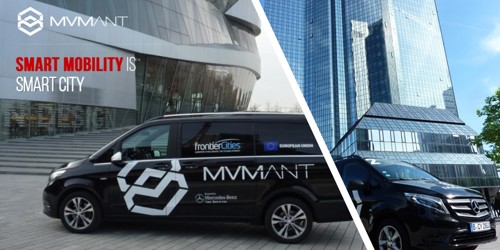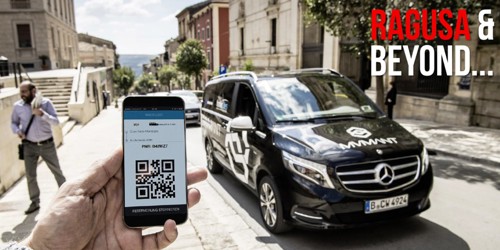
Context
This study focuses on the potential contribution of innovative Demand Responsive Shared Transport (DRST) services provided by a fleet of vehicles that users can book through mobile applications and scheduled in real-time for pickup and delivery of passengers based on their needs.
The study uses the city of Ragusa (Italy) as a case study, where an innovative DRST service was tested within the Mvmant project.
The agent-based simulation model is used as a realistic environment in which to simulate different scenarios, with simple rules assigned to the behavior of agents, in order to explore the transportation demand and supply variables that make the DRST service feasible and convenient.
Method
The goal is to understand, starting from the micro-interaction between demand and supply agents (i.e., passengers and vehicles), the macroscopic behavior of the system in order to monitor its performance through appropriate indicators and provide suggestions on its planning, management, and optimization.

Conclusions
Agent-based simulations have proven to be a good technique in this context, capable of capturing emerging phenomena and providing a natural description of the system. In this study, the agent-based model (ABM) simulates the operation of a DRST service in different vehicle assignment configurations. The model allows exploring the emergence of optimal operational configurations by identifying ad hoc indicators to monitor the system's performance in the real context.
This approach could contribute to developing more efficient and effective on-demand shared transportation services, promoting sustainable and shared mobility.
Information
Link to the full article: https://arxiv.org/ftp/arxiv/papers/1803/1803.08867.pdf
Authors: Giuseppe Inturri, Nadia Giuffrida, Matteo Ignaccolo, Michela Le Pira, Alessandro Pluchino, Andrea Rapisarda.


